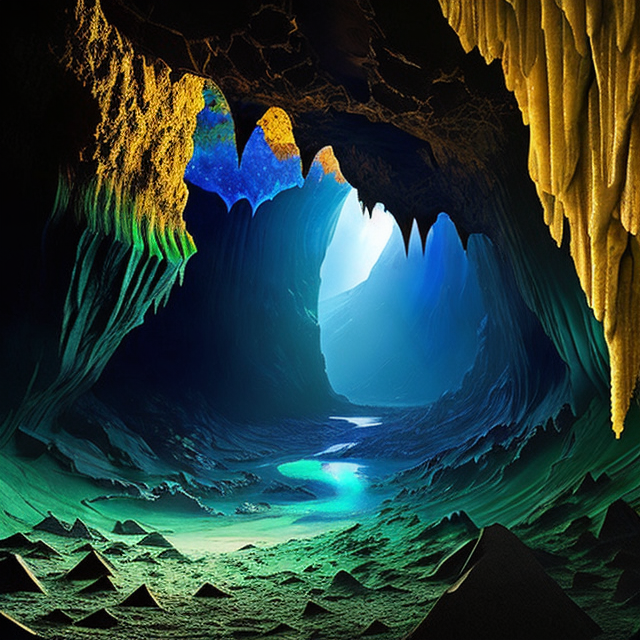|
|
Space Astro
|
Info for exoplanet "Yupyaho"
| Scientific (actual) data |
|---|
| Name | Kepler-1266 b |
| Planet status | Confirmed |
| Radius | 0.23 |
| Orbital period | 28.4747 |
| Discovered | 2016 |
| Updated | 2024-05-29 |
| Tconj | 2454990 |
| Publication | Announced on a website |
| Detection type | Primary Transit |
| Alternate names | 2MASS J19032862+4243411 b, K02521.01, KIC 7183745 b, KOI-2521 b, KOI-2521.01 |
| Star name | Kepler-1266 |
| Right ascension | 285.87° |
| Declination | 42.73° |
| Mag i | 15.571 |
| Mag j | 14.388 |
| Mag h | 13.922 |
| Mag k | 13.824 |
| Star distance | 849.312 |
| Star metallicity | -0.14 |
| Star mass | 0.83 |
| Star radius | 0.7228 |
| Star sp type | K0V |
| Star age | 5.13 |
| Star temperature | 5004 |
| Star alternate names | 7183745, KOI-2521 |
| Wikipedia article | Kepler-1266 b |
Back
| |
| Fictional info (?) |
|---|
| Suggested name | Yupyaho |
| Planet type | Cold planet |
| A prominent result is the "great orange spot", a giant storm that is known to have existed for centuries since it was first detected by scanner. |
| Atmosphere | 2H2O | 70% |
| Ammonia | 16% |
| Water vapor | 10% |
| Methane | 2.9% |
| Formaldehyde | 0.038% |
| Atmospheric pressure | 0.0017 bar |
 |
| No known satellites |
| Google search for Yupyaho |
|
Website by Joachim Michaelis
|
|
|
|